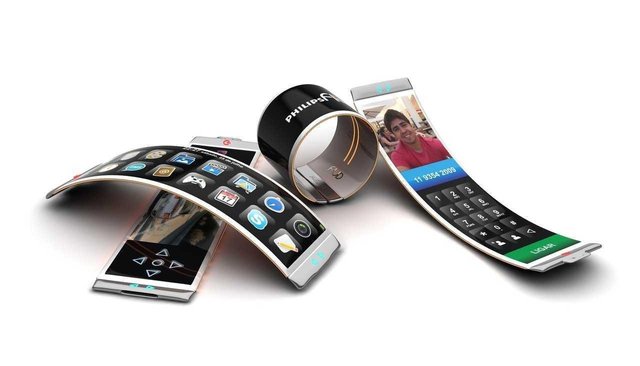Samsung's new patent: 3 ideas that will change the smartphone
In 2018, Samsung patented three innovations for its smartphone, which was never used before. Korean manufacturers introduce three innovative solutions for mobile devices:
Screen, wrapping device on the right side.
Content "poured" between the display on the front and back panel.
Curved at the bottom of the smartphone screen.
Of course, we're not talking about translating these projects into reality anytime soon. They would rather demonstrate how future technology will be able to transform modern smartphones.
The screen that wraps the smartphone on the right side
Continuous display as if wrapping the right side of the entire smartphone. The design of the screen placed on the front and back of the phone will allow the user to choose which option is better to use.
This model is able to switch images from the front to the back, just as a smartphone can change the display mode from portrait mode to landscape mode - depending on the user's position holding the device.
An additional advantage of this solution is that at the same time some users will be able to see the same content on both sides of the phone.
Content is poured between the display on the back and front panel
Depending on the position in which the smartphone is held, the user can see the same content on the back or front screen. This model contains sensors that track these parameters.
The display wraps the entire body of the device. This design allows you to scroll the contents between the front and back screen, eliminating additional manipulation - will improve the sensor as it makes your device and will automatically have the best choice.
The screen is bent at the bottom of the mobile device
On a third smartphone, the screen does not wrap around the casing, but only the bottom of the phone. This model tends to function like the first two, the difference - only in the design of the screen.
Note that similar designs are patented by Microsoft in 2014, but in the market the model has not.
